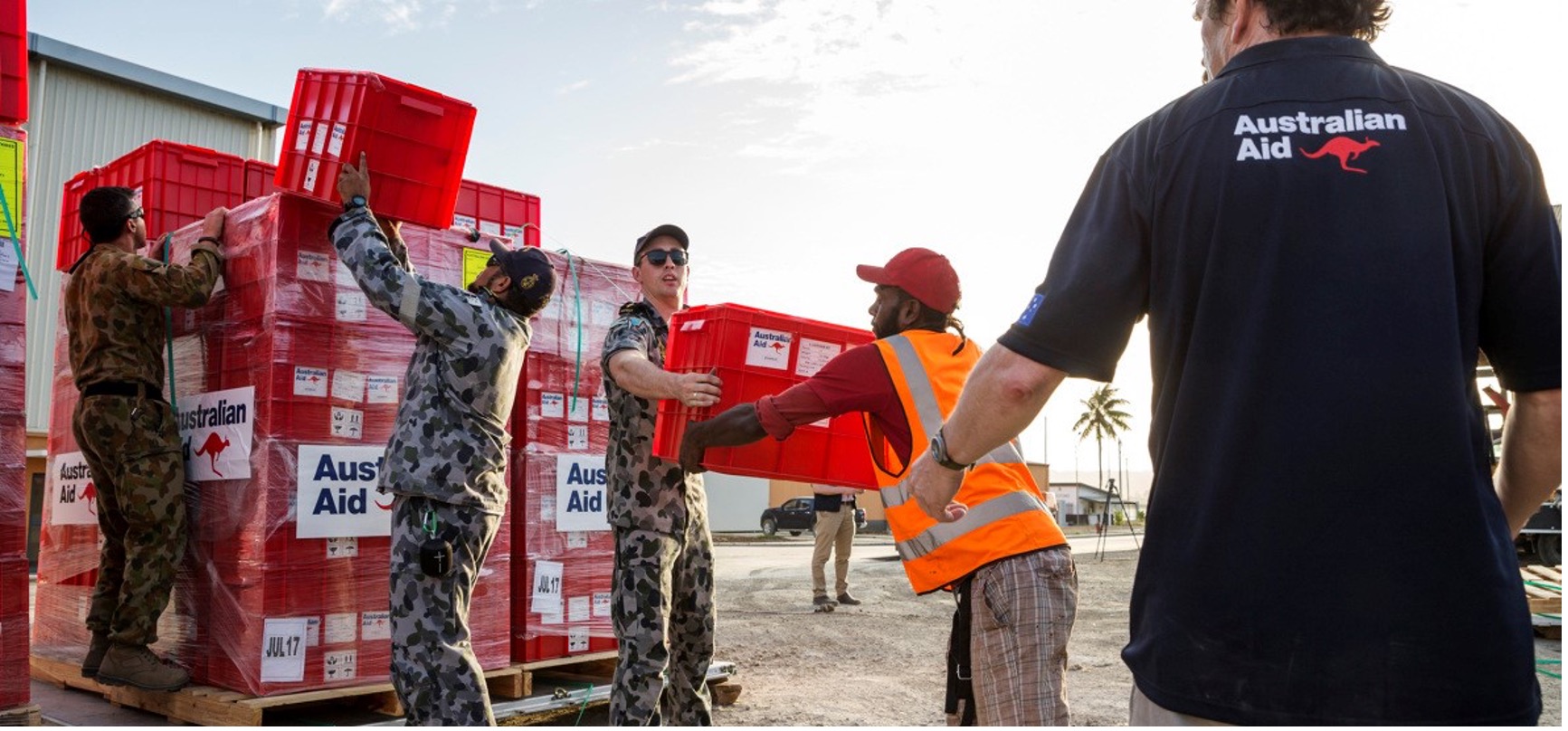Five years after humanitarian donors and international agencies first agreed on the Grand Bargain, priorities for its second iteration converged around more meaningful local leadership, better quality funding, and the ever-elusive ‘participation revolution’.
Whether and how GB2.0 will extend the achievements of the first iteration and avoid its pitfalls remains to be seen. To date, unequal power dynamics and vested interests have shaped how localisation has played out, with powerful stakeholders relying on perceptions and paperwork to avoid the ambitious changes to which they have already committed. Yet many of the concrete actions that would elevate localisation efforts to a more strategic scale are already identified, creating opportunities for donors, policy makers and practitioners to drive action. Here is what HAG and HPG’s review of the literature on localisation revealed about the evidence:
- There are clear benefits of investing in longer-term, equitable partnerships that support the needs and priorities of local actors. However, international actors need to be incentivised and made accountable to change their partnership practices. Key attributes of quality partnership approaches include: an aim to strengthen local leadership through policy development and networked support, contribution to overheads, funded partnership management, co-design of programmes, more flexible funding and reporting arrangements, and trust for local actors to manage parts of project planning and M&E. Consortia of local organisations have been effective in some settings, including within national localisation frameworks.
- Long-term capacity strengthening efforts are starting to benefit from more holistic approaches. This has been another of the key focus areas over the last five years and these initiatives have shown a range of significant benefits in practice for supporting local responses, although there is limited evidence on the resulting benefits for people in crisis. Longer-term mentoring and accompaniment approaches that focus on capacity sharing are increasingly being adopted.
- Research and evaluations have also shown the benefits of increasing funding to local actors. However, this has happened unequally across the system and there remains a critical gap in terms of quality – as seen through issues such as lack of sharing of core costs, inadequate coverage of security and compliance costs, short-termism, and lack of support for organisational capacity and resilience – as well as volume. The literature points to the role of intermediaries in facilitating a shift towards localisation, but how this could better serve national and local actors is still being understood. The use of country-based pooled funds seems to have addressed the desire of local actors to receive funding as directly as possible while managing the risk appetite of donors (though in 2019 they represented only 2.8% of total humanitarian funding).
- Examples of national and local leadership – including by governments and by non-governmental actors – are growing. Experiences in the Asia-Pacific region highlight the potential for strong government policy settings to shape locally led responses in countries such as Indonesia, the Philippines, Vanuatu and Fiji. Donors can also influence change among other humanitarian actors, in keeping with the wishes of local actors. For this to be effective, more collaborative and strategic engagement is needed.
- The narrative about risk reflects the dominance of established international actors and is heavily perception based. There is a strong consensus around perceived risks (such as financial, legal, reputational and security risks) supposedly posed by working with local actors, which has not really been tested by research, but which affects the terms on which localisation efforts take place. Evidence on the performance of local actors focuses almost completely on financial compliance and risk management, yet local actors are being forced to shoulder greater risk without more support to manage it. The approaches to perceived risks of partnering with local actors and their mitigation thus illustrate how deeply unequal power dynamics are entrenched in the humanitarian system.
- ‘Localisation’ is therefore unlikely to provide the answer to unequal power dynamics in the humanitarian sector. Placing the burden of evidence on local actors to prove they are better placed to respond to crisis – when international actors do not have to do the same – has slowed momentum for change. More widely, the localisation agenda has been criticised for creating analytical blind spots due to being international-centric and for containing more difficult conversations about power through a technocratic approach (and other critiques here, here, and here). Many of these arguments reflect concern about motivations behind the embrace of the localisation agenda and wider critiques of the colonial inheritances and continuing inequalities of the humanitarian system.
The ambitions placed on localisation, advocated as ‘a way of re-conceiving of the humanitarian sector from the bottom up’ and ‘an opportunity to critically examine and improve the structure and functionality of the entire humanitarian system’, are – to use a familiar word – grand. But missed opportunities abound. Despite the enormous increase of attention on localisation since the World Humanitarian Summit, further accentuated in some contexts by changes forced by the COVID-19 pandemic, it is clear from the evidence base that strong rhetoric has not been accompanied by equally strong action.
The literature review on localisation was undertaken by Humanitarian Advisory Group and ODI’s Humanitarian Policy Group and commissioned by the Ministry of Foreign Affairs of the Netherlands. The full report and the executive summary are available online.
Credit: Pixabay/https://pixabay.com/fr/users/mehrabhasango-7404324/






